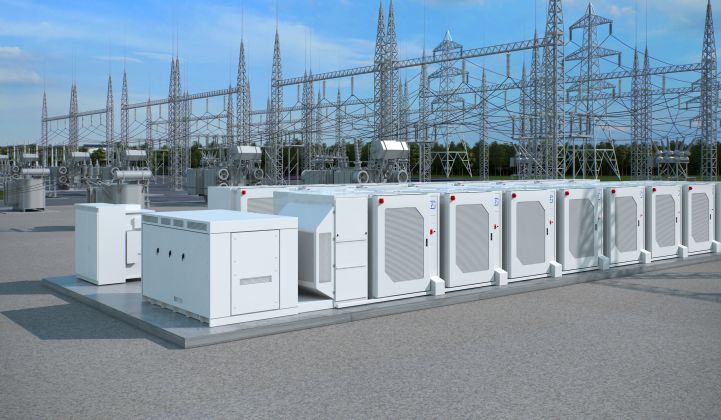L R AS Published on Saturday 30 September 2023 - n° 459 - Categories:lithium batteries
Not all lithium batteries catch fire or explode.

The deployment of lithium-ion batteries is proliferating exponentially. Today, every telephone, power tool and electric vehicle is equipped with a lithium battery, not to mention the 100 GWh or so of lithium batteries operating on an industrial scale. Yet it is reported that
the press about lithium batteries catching fire or exploding. This only concerns certain types of battery: there are more than a dozen chemical compositions for lithium-ion batteries. Six of them have made it out of the laboratory. Three are on the market. Two of them are incredibly common. But the differences between them are so great that comparing them is an excellent introduction to the subject.
The nickel-manganese-cobalt battery - NMC
The first chemistry is lithium nickel manganese cobalt oxide or NMC. Until around 2020, it was the undisputed leader in lithium batteries. By 2022, they still accounted for around 60% of market share. However, after so many battery fires almost exclusively involving NMC, by 2023 some carmakers will be abandoning this chemistry in favour of lithium iron phosphate (LFP). Its sales are expected to halve this year.
NMC has an energy density that is around 10% better than LFP (according to the manufacturer). What's more, these batteries are significantly lighter and more powerful than LFP batteries (in terms of weight per kWh). This largely explains their early adoption by the industry. However, NMC's poor safety record, long life and increasing cost of materials have recently made LFP the preferred choice of almost all industries over the past year.
NMC has a very low thermal runaway temperature achieved in many real-world scenarios. With record-breaking temperatures every year in most parts of the country, ambient temperatures of 110°F (43° Celsius) or even 120° F (49° Celsius) are now almost commonplace in areas that never saw them before the 2000s. As a result, their thermal runaway temperatures (which are particularly low) are being reached. Cells explode and batteries burn. The gas emissions from an NMC cell rupture event are extremely toxic, containing several fluorinated gases as well as cobalt and manganese cenospheres well above toxic limits.
LFP or lithium iron phosphate (LiFePO4) chemistry
This has a completely different chemistry. The thermal runaway temperature is much higher (up to 70° Celsius). The risk of cell rupture due to thermal runaway is well outside normal operating conditions, even on the hottest days. What's more, iron does not burn like manganese. Actual fires due to battery failure, on the rare occasions they do occur, are limited to the wires and sometimes the printed circuit boards of the battery management system (BMS). Assuming the battery enclosure is NEMA or IP rated, cell fires cannot escape the enclosure unless it has been punctured.
In the event of a cell explosion, the gas release from a cell rupture event is by far the least toxic (containing no transition metal aerosols unlike NMC) of the three lithium batteries.
The continued deployment of LiFePO4 batteries, alongside the continued rapid deployment of renewable solar and hydro resources, is absolutely paramount.
This leads the author to favour the use of LFP lithium ion batteries.
https://www.pv-magazine.com/2023/09/28/lithium-ion-batteries-differ-in-terms-of-risk/
PV Magazine of 28 September 2023




